Lost incline stairway pushed as historic trail
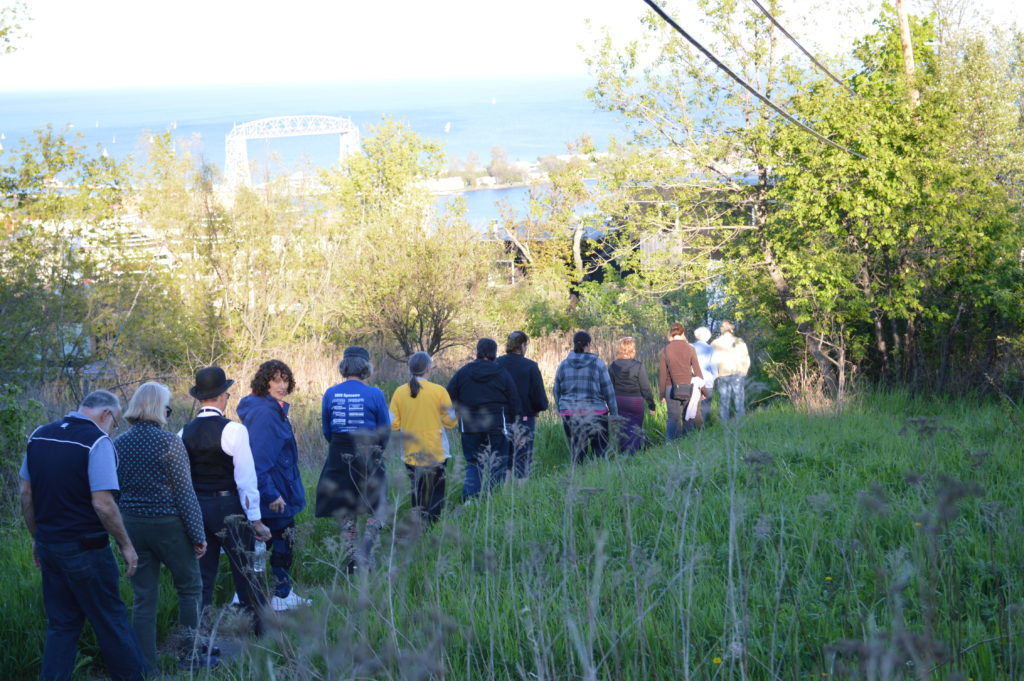
A group of history hikers follow the old incline railway stairs down Observation Hill.
A hidden stairway, once connected to a long-gone incline rail service between Downtown Duluth and its hilltop neighborhoods, is being celebrated by an organization that would like to see it designated a historic walking trail.
The Duluth Preservation Alliance led an Observation Hill history walk on May 31 over remnants of the 126-year-old incline stairs. More than 50 people attended the event and made the steep, downhill jaunt from Skyline Drive to Superior Street.
On the way, the group descended some 500 feet in nine city blocks. It hiked through overgrown incline rail right-of-way, took in sweeping views of Lake Superior and Canal Park and passed through a stunning new housing project designed by a prominent local architect.
The outing passed dramatic 19th Century stone walls — some more than 20 feet high. It crossed streets lined with 100-year-old homes and skirted several large and historic structures, including the Duluth Bethel Society building.
Duluth Preservation Alliance Vice President Doug Stevens and longtime member Bob Berg said the walking tour was organized to document the long forgotten incline railway and present ideas about reusing structure remnants.
“This is part of Duluth history that we really want to keep alive,” said Berg, as he walked down the stairs holding photos of the incline in its glory days. Hikers asked questions about odd landmarks and obscure street crossings. One man said his father used to talk about riding the incline as a youth.
“I wish it was still here,” he said.
According to the Minnesota Historical Society, the Duluth Street Railway Company opened the incline on empty Seventh Avenue West right-of-way in 1891. It operated on a steam-powered cable line and carried two large boxcars with a capacity of 250 standing passengers or four horse teams. The idea was to carry people and goods up and down the hill to and from new housing developments.
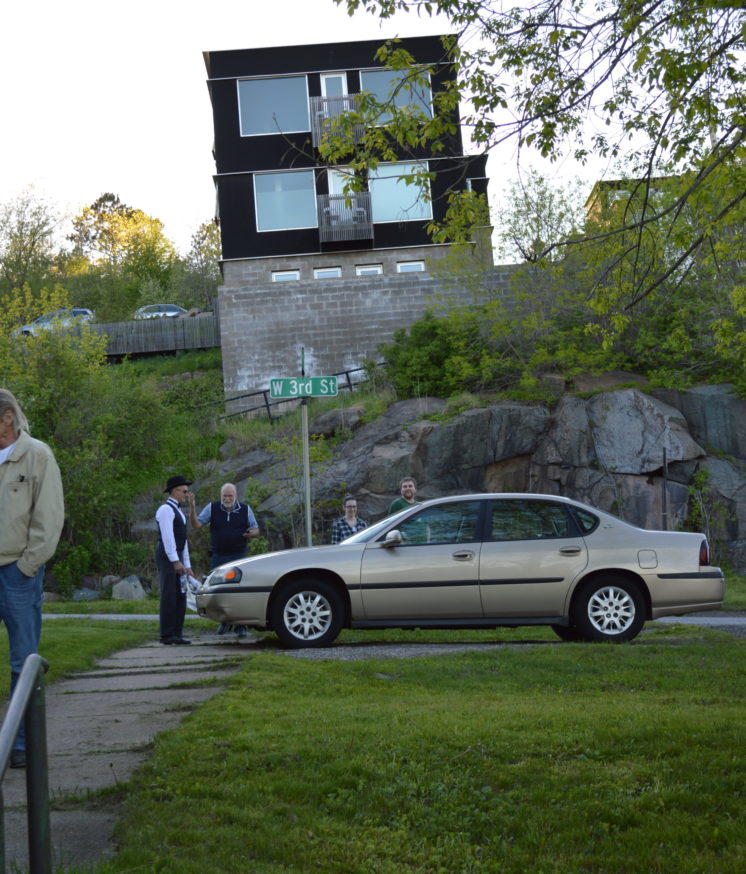
Architect David Salmela has built a modern housing project on old incline rail right-of-way.
The incline changed car styles over the years and continued to haul commuters until 1939, when buses took over the Duluth mass transit system.
Berg said the Preservation Alliance would like to see the stairs designated as a historic site. The city of Duluth could map the incline stairway route, install interpretive signs and maintain the area as a historic walking trail.
“We can’t ever bring back the incline but we can keep the memory of it alive,” said Berg. “And I think it could be done relatively inexpensively.”
The upper part of the incline stairway is still surprisingly intact. Railings and concrete steps are in place and appear structurally sound. Small trees and weeds encroach in some places but the route is passable. Lower down the hill, architect David Salmela redeveloped a portion of the abandoned route with three modern, award-winning black box houses. From the deck of his home, Salmela told the group incline enthusiasts are always welcome to pass through and he voiced support for an interpretive trail.
Near the bottom, the route turns rocky and difficult before a final stairway set ends at Mesaba Avenue. The Incline Station bowling center, which stands on the incline rail lower terminus, is a block away.
Duluth Park and Recreation Commission President John Schmidt said he likes the idea of remembering the incline with a historic walking trail.
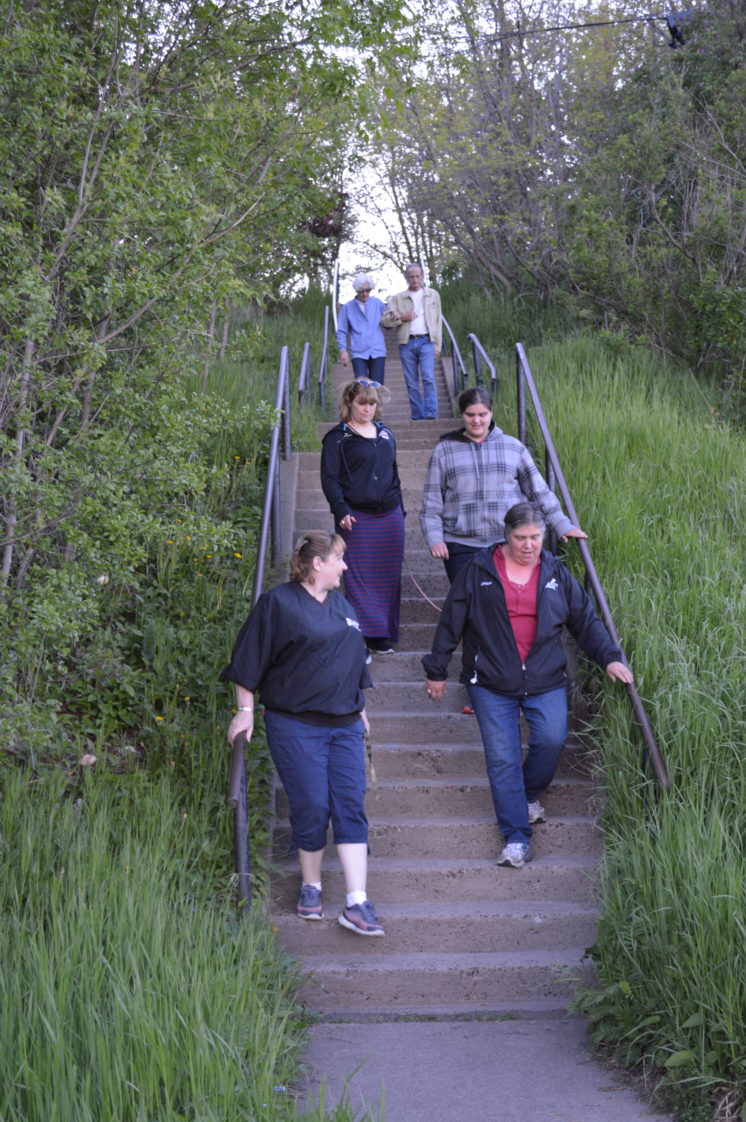
Hikers walk down a lower staircase near Mesaba Avenue.
“Often times I think it’s too bad we don’t have that around anymore,” he said. “It was so unique to our city.”
Schmidt said in addition to being historic, the area has great views of the Aerial Lift Bridge, Lake Superior and the St. Louis River. He said an interpretive trail would be relatively inexpensive to maintain and serve as an attraction to both residents and visitors.
The Lake Superior Lakewalk has similar historic and interpretive signs, said Schmidt, and could serve as a model for the project.
Parks serve as a way to preserve history, he said, and an incline walking tour would recognize and celebrate a distinctive city landmark. The Parks and Recreation Commission would welcome a presentation from Duluth Preservation Alliance on the project.
“So many times citizens have come up with good ideas, as opposed to top down planning,” said Schmidt. “Working with our DPA is a great way to start with that.”
Stevens said a 2017 plan to update Duluth city park signage was postponed for one year. The delay will give the Preservation Alliance a chance to meet with city officials and begin the trail designation process as well as consult sign designers.
The Preservation Alliance also hopes to enlist financial support from other interested organizations like the Minnesota Historical Society, the Duluth Public Arts Commission or Observation Hill neighborhood groups.
“It’s going to take awhile but you’ve got to start somewhere,” he said. “I’m kind of hoping this will all work out. It seems like there is a lot of interest out there now.”
Recommended Links:
Leave a Comment
Only registered members can post a comment , Login / Register Here


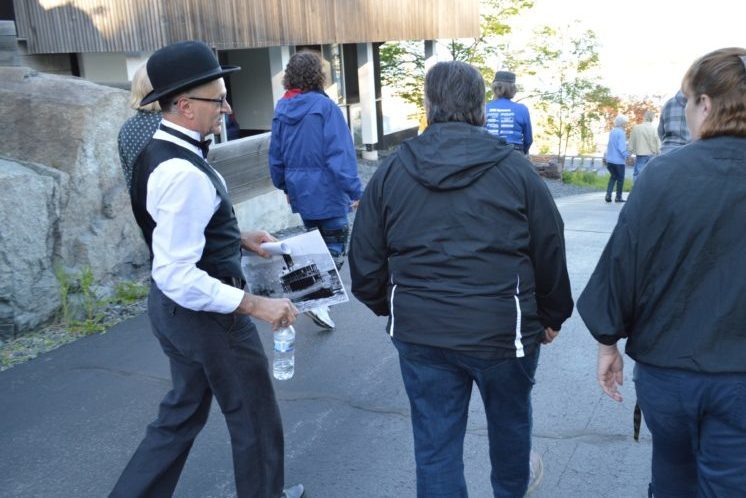
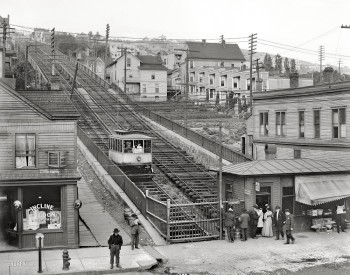
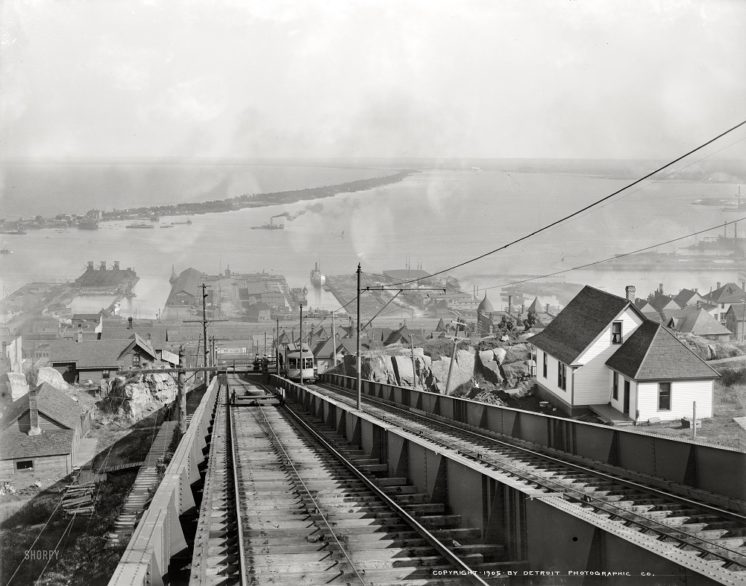

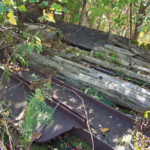










5 Comments
FranceneStarr
about 8 years agoPaul Lundgren
about 8 years agoFranceneStarr
about 8 years agotoyota200x
about 8 years agoTwon
about 8 years ago